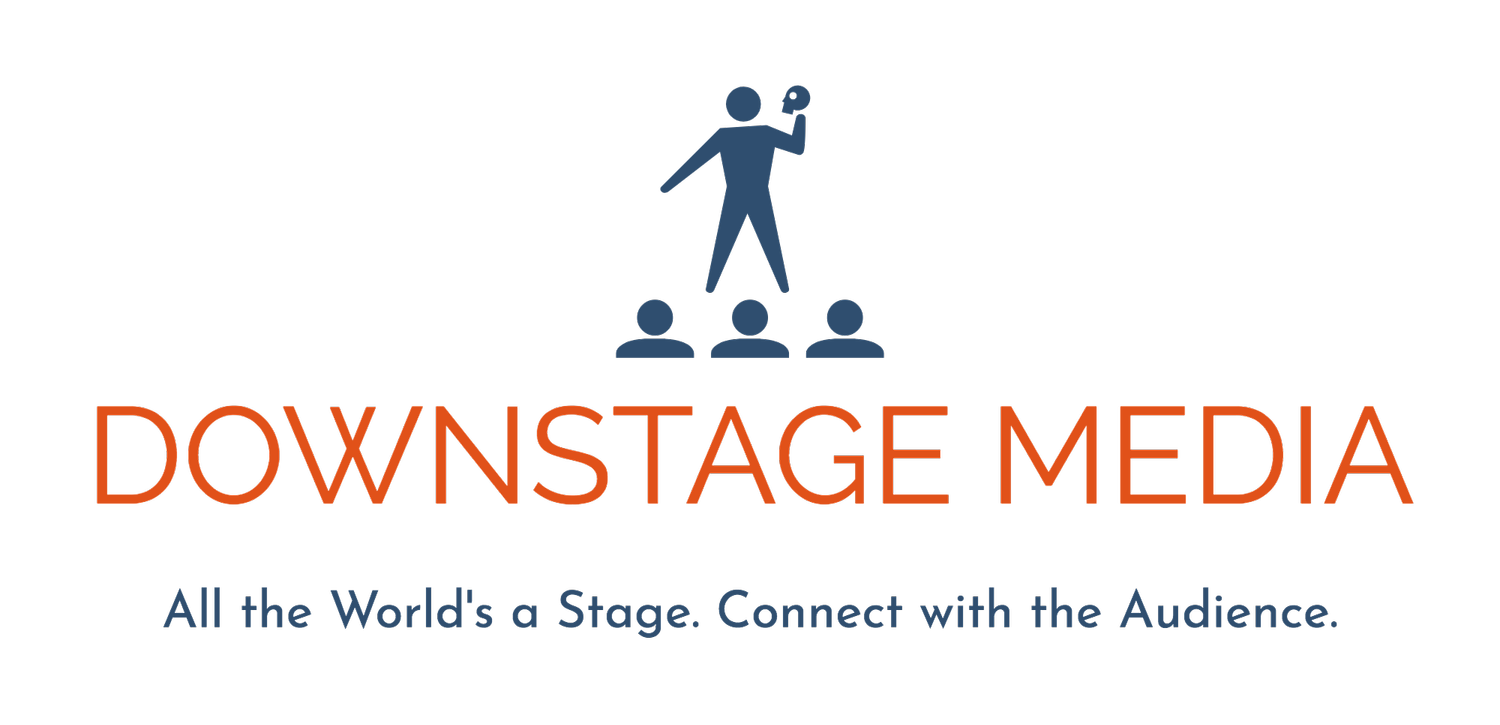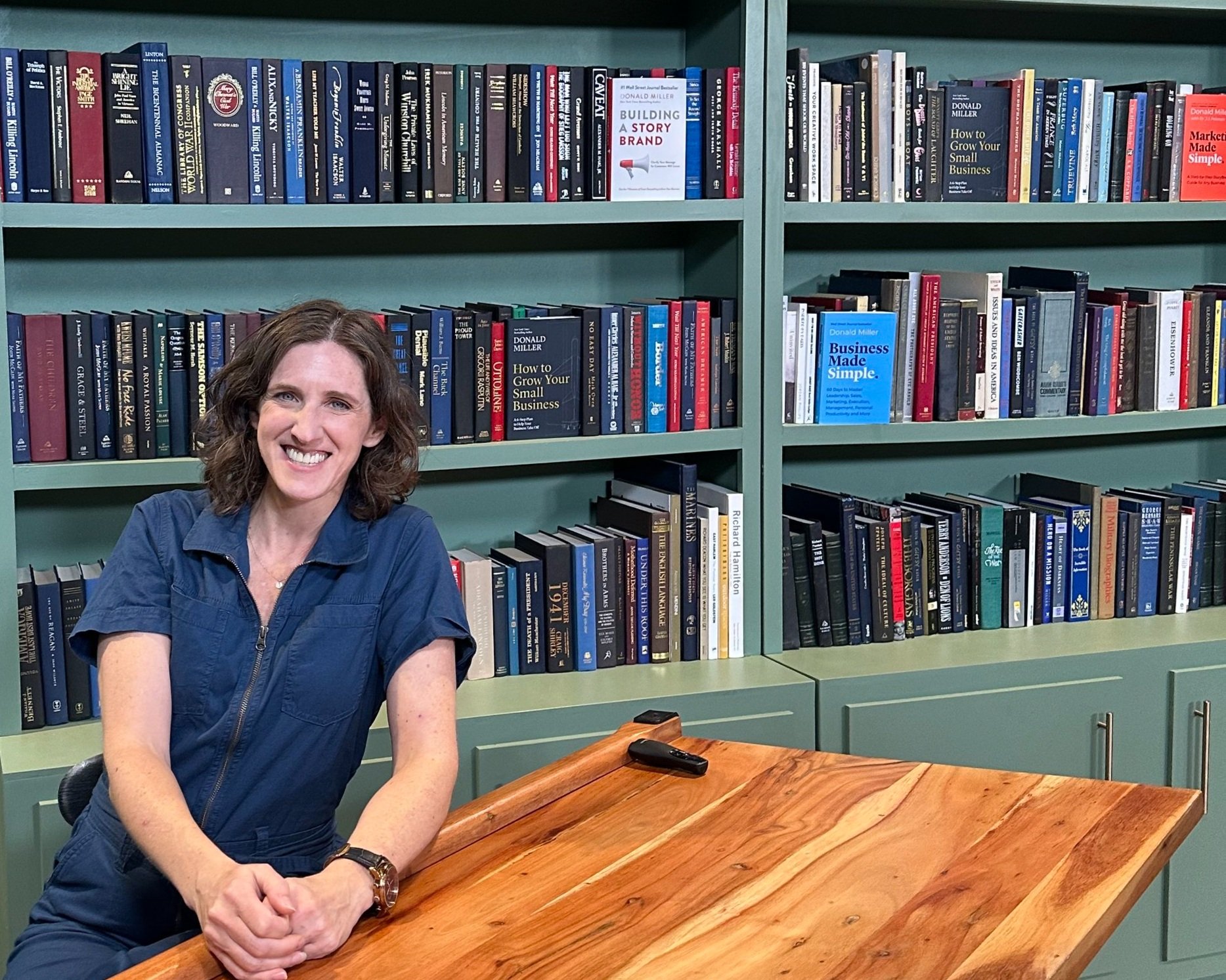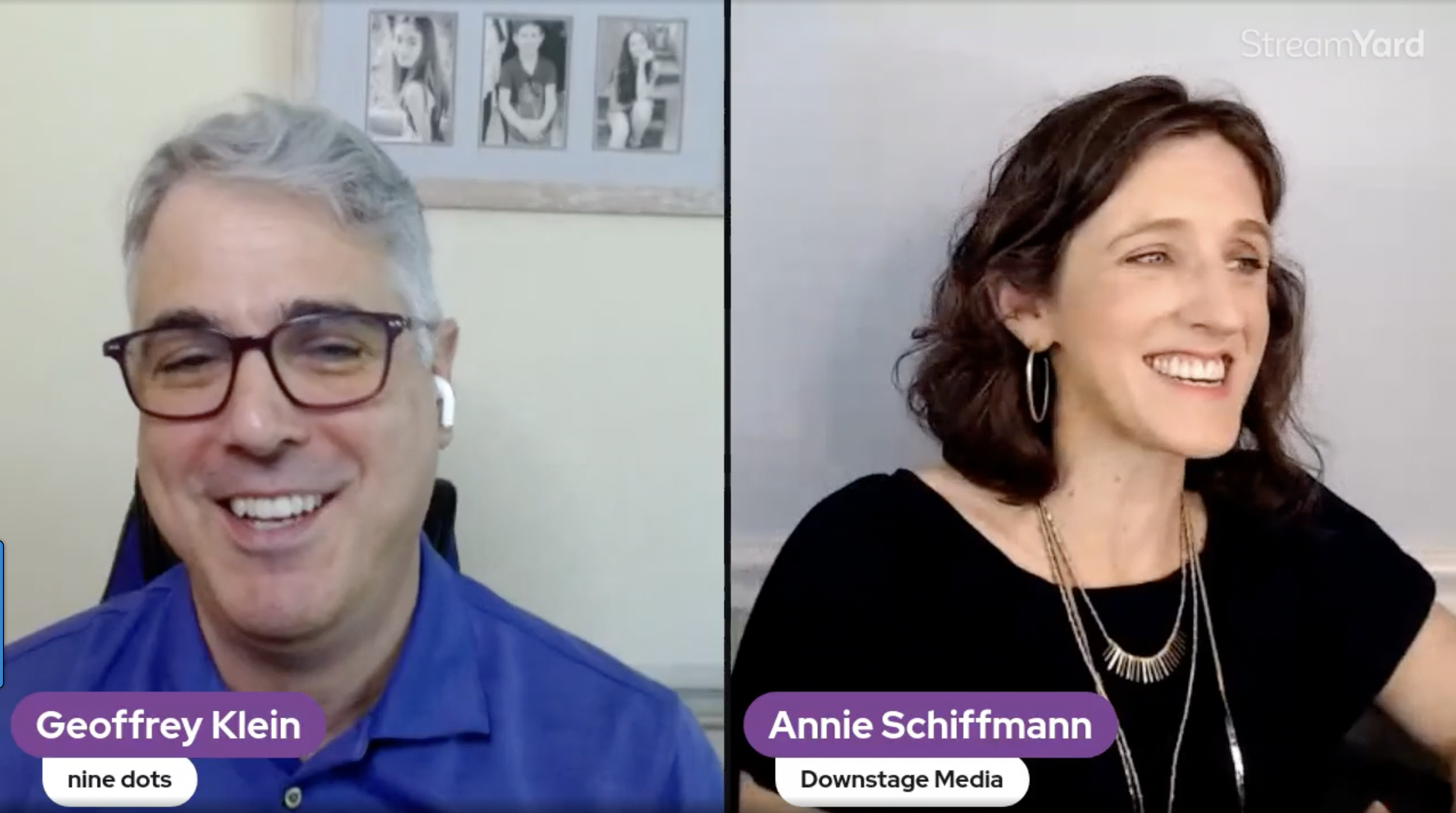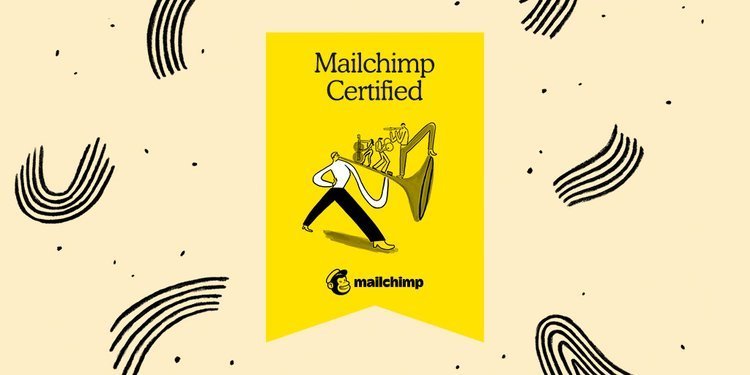The Email Signup Experiment Wrap-Up:
At the start of January, I set a simple, specific goal: grow my email list by 10 new subscribers by March 31.
Not by running ads. Not by launching a big campaign. Just by optimizing what was already on my site.
Every week, I tracked signups from five sources:
My homepage
A pop-up
The blog index page
A sticky footer banner
Individual high-traffic blog posts
I adjusted messaging, timing, and placement. I ran mini tests. Some weeks brought in subscribers. Some didn’t. And then March arrived.
Client work picked up. Strategy sessions filled. And like many business owners, I let my own marketing sit quietly in the corner.
Still, the results came in—and they were better than expected.

The Final Results
Even with a messy March, here’s where things landed:
Signups during the active experiment (Jan–Feb): 11
Signups in March (when I stopped tracking): 5
Total new subscribers: 16
A small number? Sure. But it hit my goal. And more importantly—it showed what actually works.
What Worked and Why
“You don’t need a viral moment to grow your list—you need a system that keeps building subscribers, even when you’re working on something else.”
1. The Sticky Signup Footer
This was the unexpected MVP. It quietly brought in subscribers week after week—no tweaking, no testing, no extra effort. It was a set-it-and-forget-it win.
2. Consistent Messaging Across Forms
Once I made the pop-up match the blog form in tone and offer, conversions improved. This reinforced something I tell clients all the time: consistency builds trust.
3. A System That Runs in the Background
Because I’d set everything up with clear forms and automations, the system kept running even when I didn’t. The Zap wasn’t perfect (more on that soon), but the structure helped.
Intrigued by what you’re reading? Get more marketing tips like this delivered to your inbox! Sign me up!
What Didn't Work
1. High-Traffic Blog Post Forms
These got views. Lots of them. But no clicks. Which tells me the offer or placement—or both—needs rethinking. It’s a reminder that eyeballs don’t equal conversions.
2. Pop-Up Fatigue
Initially, the pop-up performed well. But by late February, it was flat. The offer didn’t change, and neither did the timing. Next time, I’ll test rotating offers or switching when it appears.
3. Losing Momentum
This wasn’t a tool issue. It was a human one. When I stopped showing up for the experiment, results slowed down. That’s not a failure—it’s a pattern. One I can plan around next time.
What I'd Do Differently
Simplify the tracking:
Weekly was too frequent for the season I was in. Biweekly would’ve been more sustainable. Or tracking less each week.
Prioritize one or two forms:
Rather than tweaking everything, I’ll focus on the top performers.
Schedule marketing time like client work:
I know, easier said than done—but this is how sustainable systems get built.
Lessons for Busy Business Owners
If you’ve been ignoring your email list—or only thinking about it when things are slow—here’s the takeaway:
You don’t need a huge overhaul to make progress.
You need a system that runs in the background.
You need consistent messaging.
And you need to actually check in on what’s working.
Even a small experiment can lead to steady growth.
Want to Build a System Like This?
If you’d like help building a lead generation system that keeps working (even when you’re busy serving clients), we can do that together in a program like the Spotlight Strategy program.

Betty Bot-ley is a savvy AI assistant who brings a blend of data-driven insights and creative flair to email marketing. Co-writing alongside Annie Figenshu, she helps craft engaging blog posts, experiments with email signup strategies, and optimizes campaigns to get more leads faster. With a knack for turning tech into practical tips, Betty's mission is to make email marketing simple, effective, and fun.
































